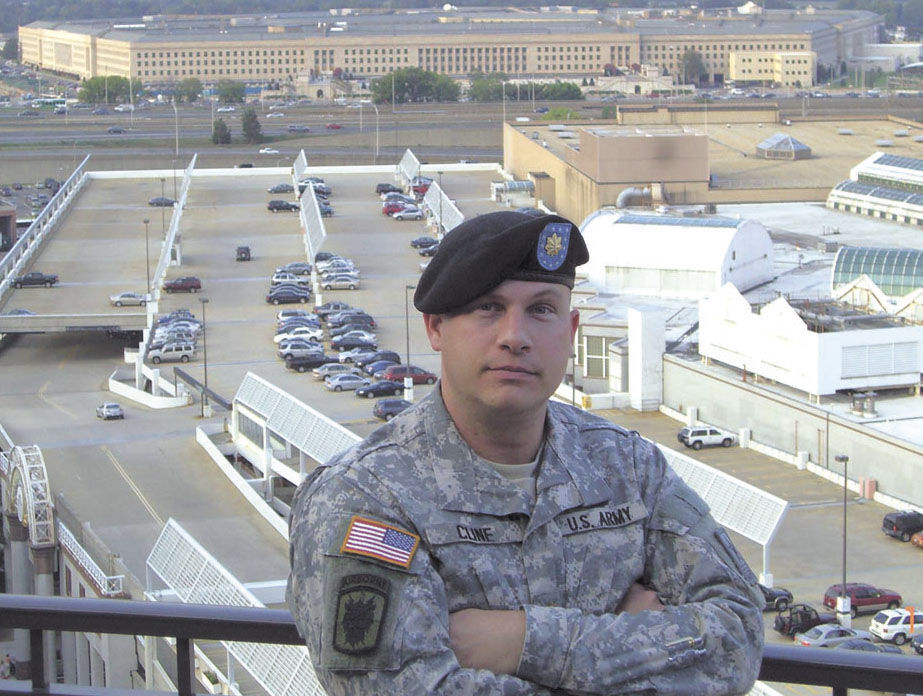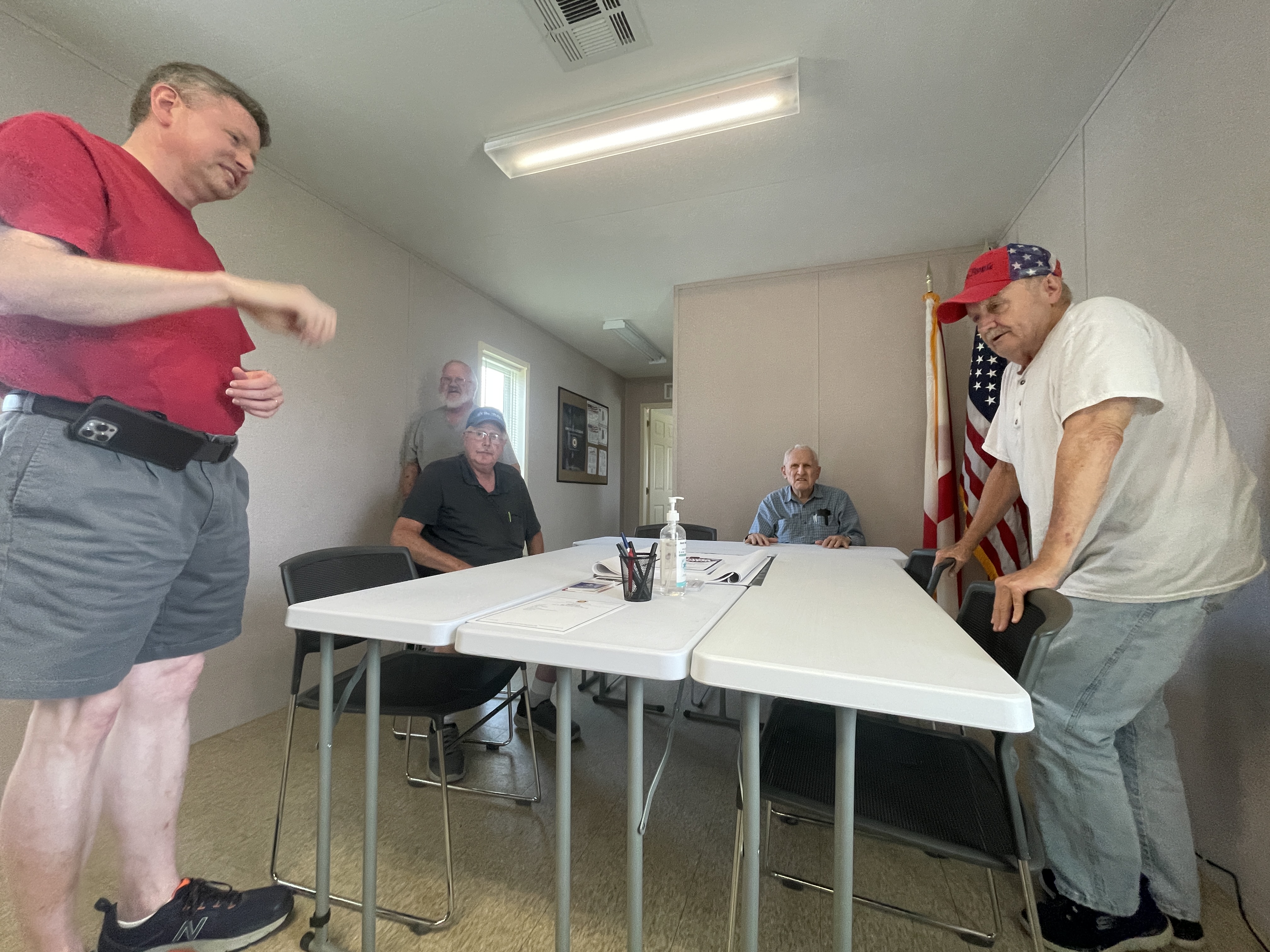Mt. Olive man fought the enemy from Pentagon
Published 3:26 pm Thursday, September 27, 2007

- Mt. Olive resident Ross Cline is seen in uniform in front of the Pentagon in Washington. As a part of the electronic warfare division of the Army Asymmetric War Office, Cline worked to develop ways to block frequency signals being sent to the enemy’s Improvised Explosive Devices (IEDs).
By Ashley McCleery
The North Jefferson News
Although Mt. Olive resident Ross Cline isn’t on the front lines of battle in Iraq, he’s still fighting in the war — an electronic war.
For the past year, Cline has battled against the enemy via a single electromagnetic spectrum at the Pentagon. As a part of the electronic warfare division of the Army Asymmetric War Office, Cline worked to develop ways to block frequency signals being sent to the enemy’s Improvised Explosive Devices (IEDs).
From the hundreds that applied for the position, only 29 military men were chosen to join the electronic battle. “It was an honor just to be selected and get the opportunity to work in the Pentagon,” Cline said. “And, it was an eye opening experience to see the amount of effort to stop the IEDs.”
The IEDs, most commonly known as convoy bombs, have killed almost 65 percent of the U.S. soldiers fighting in Iraq, making them the number one killer of the troops. Since the bomb is detonated by a frequency in the electromagnetic spectrum, the enemy can utilize devices such as radios, cell phones and satellites to inconspicuously trigger the IEDs.
Pulling from his knowledge of the frequency spectrum and his time spent in Iraq during 2004, Cline worked along side scientists to block these frequency signals from reaching the IEDs. Excluding the technical jargon, Cline said his mission was to interrupt and distract the frequencies, keeping them from detonating the bombs.
“Let’s say you and I are in a room with 20 screaming kids. We wouldn’t be able to talk because of the noise level,” Cline said. “So, we are the screaming kids. We want the noise level to jam it and stop them from being armed.”
Based on assumption, Cline said his electronic warfare crew prevented six or seven of 10 IEDs from exploding, saving thousands of soldiers. Even though he will never see the faces of the soldiers he saved, he was able to witness the Pentagon’s tribute to the wounded warriors.
To pay their respects to the wounded soldiers, the employees at the Pentagon lined the hallways, clapping and cheering for them as the soldiers walked or rolled in a wheelchair down the corridor. During each walk, Cline said many soldiers were overcome with emotion because of all the support.
“Some had amputated limbs or a burned face from an IED blast,” he said. “I knew why I was there. I was part of a team to stop IEDs from going off and to keep soldiers from coming in here.”
Cline’s year at the Pentagon recently came to an end, but he’s still combating IED frequencies while working for the Army Strategic Command in Huntsville, Ala. Now back in Alabama, Cline said he’s going to remember those wounded soldiers every time he interrupts a frequency.
“The year at the Pentagon was an incredible experience both professionally and personally,” Cline said. “It’s a very fulfilling job to do. We have a direct impact in bringing soldiers back home to their families.”





